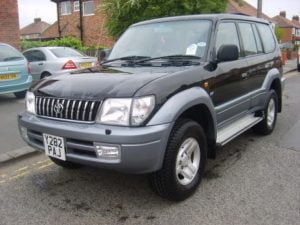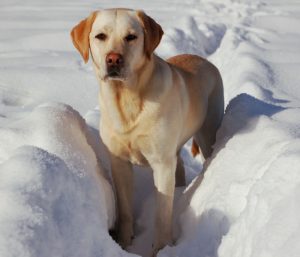
Dogs are as bad for the environment as a 4×4
With the environment becoming something of a hot topic at the moment and many people doing all they can to reduce their carbon footprint, 4×4 owners are constantly vilified in the media. However, a new book claims that 4x4s, such as the Toyota Landcruiser, aren’t as bad for the environment as the humble pet dog.

Could a Shih Tzu be more harmful to the earth than a Mitsubishi Shogun?
According to the book, ‘Time to Eat the Dog: The Real Guide to Sustainable Living’ the carbon footprint, or paw print, left by dogs is much larger than their size would have us believe. The book claims that a medium sized dog produces the same carbon footprint as a Toyota Landcruiser which is driven 6,000 miles each year.
The book does offer some good news for goldfish, as they have very little effect on the environment.
 The book bases its findings on the amount of land that is required to produce food for the dog. An average sized family dog eats an average of 164kg worth of meat each year and 95kg worth of cereal, which produces a sizable impact on the earth.
The book bases its findings on the amount of land that is required to produce food for the dog. An average sized family dog eats an average of 164kg worth of meat each year and 95kg worth of cereal, which produces a sizable impact on the earth.
The book has been written by Robert and Brenda Vale, from New Zealand. Robert Vale is an architect with a specialism in sustainable living. He points out that his book isn’t about eating dogs:
There are no recipes in the book. We’re not actually saying it is time to eat the dog.
We’re just saying that we need to think about and know the (ecological) impact of some of the things we do and that we take for granted.
Once you see where cats and dogs fit in your overall balance of things, you might decide to have the cat but not also to have the two cars and the three bathrooms and be a meat-eater yourself.
If you believe the findings of this book, perhaps you should be swapping your Rover for a Range Rover.
Professors Brenda and Robert Vale are free to make controversial claims about the “eco-footprints” of pets. It will probably help them sell books and make a lot of money. But their calculations are off by a smell bad. When real numbers from reliable sources are used, it turns out that they got things wrong by a factor of twenty.
Best Regards,
Cocoa